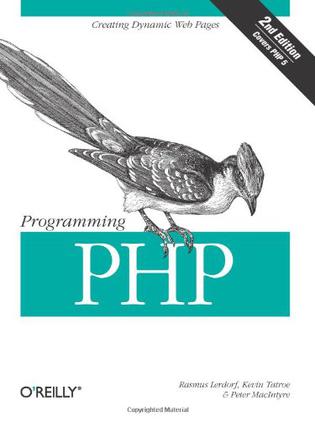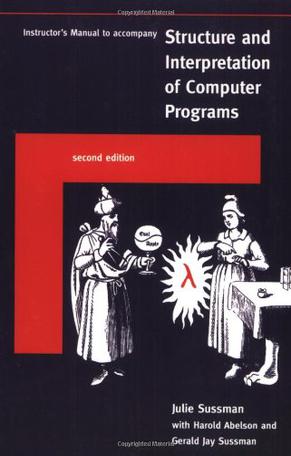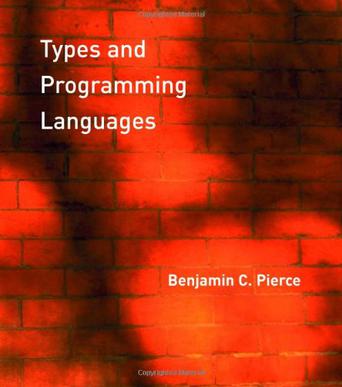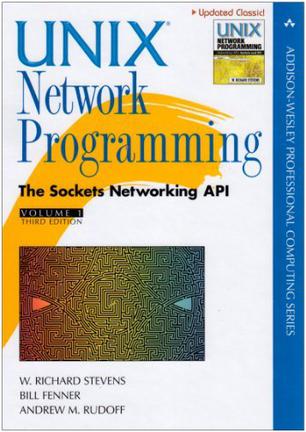-

Programming PHP
Programming PHP, 2nd Edition, is the authoritative guide to PHP 5 and is filled with the unique knowledge of the creator of PHP (Rasmus Lerdorf) and other PHP experts. When it comes to creating websites, the PHP scripting language is truly a red-hot property. In fact, PHP is currently used on more than 19 million websites, surpassing Microsoft's ASP .NET technology in popularity. Programmers love its flexibility and speed; designers love its accessibility and convenience. As the industry standard book on PHP, all of the essentials are covered in a clear and concise manner. Language syntax and programming techniques are coupled with numerous examples that illustrate both correct usage and common idioms. With style tips and practical programming advice, this book will help you become not just a PHP programmer, but a good PHP programmer. Programming PHP, Second Edition covers everything you need to know to create effective web applications with PHP. Contents include: * Detailed information on the basics of the PHP language, including data types, variables, operators, and flow control statements * Chapters outlining the basics of functions, strings, arrays, and objects * Coverage of common PHP web application techniques, such as form processing and validation, session tracking, and cookies * Material on interacting with relational databases, such as MySQL and Oracle, using the database-independent PEAR DB library and the new PDO Library * Chapters that show you how to generate dynamic images, create PDF files, and parse XML files with PHP * Advanced topics, such as creating secure scripts, error handling, performance tuning, and writing your own C language extensions to PHP * A handy quick reference to all the core functions in PHP and all the standard extensions that ship with PHP Praise for the first edition: "If you are just getting into the dynamic Web development world or you are considering migrating from another dynamic web product to PHP, Programming PHP is the book of choice to get you up, running, and productive in a short time." --Peter MacIntrye, eWeek "I think this is a great book for programmers who want to start developing dynamic websites with PHP. It gives a detailed overview of PHP, lots of valuable tips, and a good sense of PHP's strengths." --David Dooling, Slashdot.org -

Write Great Code
If you've asked someone the secret to writing efficient, well-written software, the answer that you've probably gotten is "learn assembly language programming." By learning assembly language programming, you learn how the machine really operates and that knowledge will help you write better high-level language code. A dirty little secret assembly language programmers rarely admit to, however, is that what you really need to learn is machine organization, not assembly language programming. Write Great Code Vol I, the first in a series from assembly language expert Randall Hyde, dives right into machine organization without the extra overhead of learning assembly language programming at the same time. And since Write Great Code Vol I concentrates on the machine organization, not assembly language, the reader will learn in greater depth those subjects that are language-independent and of concern to a high level language programmer. Write Great Code Vol I will help programmers make wiser choices with respect to programming statements and data types when writing software, no matter which language they use. -

Instructor's Manual t/a Structure and Interpretation of Computer Programs
This instructor's manual and reader's guide accompanies the second edition of Structure and Interpretation of Computer Programs, by Harold Abelson and Gerald Jay Sussman with Julie Sussman. It contains discussions of exercises and other material in the text as well as supplementary material, additional examples and exercises, and teaching suggestions. An appendix summarizes the Scheme programming language as used in the text, showing at what point in the text each element of Scheme is introduced. -

Types and Programming Languages
A type system is a syntactic method for automatically checking the absence of certain erroneous behaviors by classifying program phrases according to the kinds of values they compute. The study of type systems--and of programming languages from a type-theoretic perspective -- -has important applications in software engineering, language design, high-performance compilers, and security.This text provides a comprehensive introduction both to type systems in computer science and to the basic theory of programming languages. The approach is pragmatic and operational; each new concept is motivated by programming examples and the more theoretical sections are driven by the needs of implementations. Each chapter is accompanied by numerous exercises and solutions, as well as a running implementation, available via the Web. Dependencies between chapters are explicitly identified, allowing readers to choose a variety of paths through the material.The core topics include the untyped lambda-calculus, simple type systems, type reconstruction, universal and existential polymorphism, subtyping, bounded quantification, recursive types, kinds, and type operators. Extended case studies develop a variety of approaches to modeling the features of object-oriented languages. -

Unix Network Programming, Volume 1
This is THE guide to UNIX network programming APIs. Whether you write Web servers, client/server applications, or any other network software, you need to understand networking APIS-especially sockets in greater detail than ever before. You need UNIX Network Programming, Volume 1, Third Edition. In this book, the Authors offer unprecedented, start-to-finish guidance on making the most of sockets, the de facto standard for UNIX network programming with APIs - as well as extensive coverage of the X/Open Transport Interface (XTI). -

Text Processing in Python
Text Processing in Python describes techniques for manipulation of text using the Python programming language. At the broadest level, text processing is simply taking textual information and doing something with it. This might be restructuring or reformatting it, extracting smaller bits of information from it, or performing calculations that depend on the text. Text processing is arguably what most programmers spend most of their time doing. Because Python is clear, expressive, and object-oriented it is a perfect language for doing text processing, even better than Perl. As the amount of data everywhere continues to increase, this is more and more of a challenge for programmers. This book is not a tutorial on Python. It has two other goals: helping the programmer get the job done pragmatically and efficiently; and giving the reader an understanding - both theoretically and conceptually - of why what works works and what doesn't work doesn't work. Mertz provides practical pointers and tips that emphasize efficent, flexible, and maintainable approaches to the textprocessing tasks that working programmers face daily. From the Back Cover: Text Processing in Python is an example-driven, hands-on tutorial that carefully teaches programmers how to accomplish numerous text processing tasks using the Python language. Filled with concrete examples, this book provides efficient and effective solutions to specific text processing problems and practical strategies for dealing with all types of text processing challenges. Text Processing in Python begins with an introduction to text processing and contains a quick Python tutorial to get you up to speed. It then delves into essential text processing subject areas, including string operations, regular expressions, parsers and state machines, and Internet tools and techniques. Appendixes cover such important topics as data compression and Unicode. A comprehensive index and plentiful cross-referencing offer easy access to available information. In addition, exercises throughout the book provide readers with further opportunity to hone their skills either on their own or in the classroom. A companion Web site (http://gnosis.cx/TPiP) contains source code and examples from the book. Here is some of what you will find in thie book: * When do I use formal parsers to process structured and semi-structured data? Page 257 * How do I work with full text indexing? Page 199 * What patterns in text can be expressed using regular expressions? Page 204 * How do I find a URL or an email address in text? Page 228 * How do I process a report with a concrete state machine? Page 274 * How do I parse, create, and manipulate internet formats? Page 345 * How do I handle lossless and lossy compression? Page 454 * How do I find codepoints in Unicode? Page 465